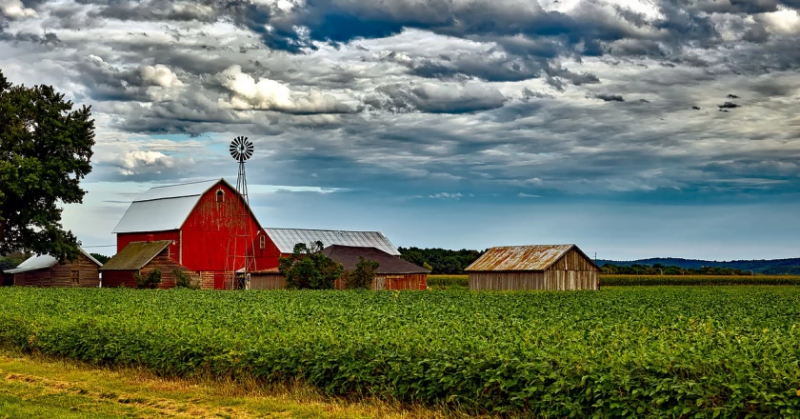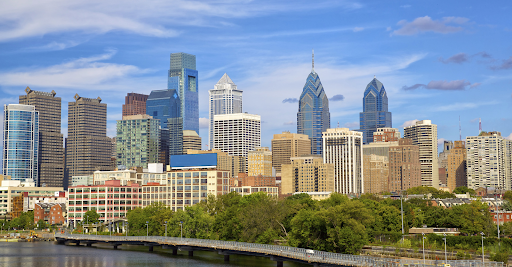Different Communities, Different Barriers to Health by Steven Bieser
I grew up in a tiny rural town of just under 3000 people where if you heard the sound of an ambulance on the county roads, someone you knew was in danger. This tight-knit community had its benefits: people looked out for each other and relied upon one another in times of need, if you fit into the ideals and norms of the community. Growing up there, I realized that I was different than a lot of my peers. I am lucky to have had a supportive family and the means to go to college where I was immersed in different schools of thought and surrounded by diverse people who celebrated me for who I am and cared for one another in our universal humanity, regardless of race, religion, ability, or sexual orientation.
As I pursued my aspiration of becoming a doctor, I started recognizing the barriers to accessing healthcare that people within my community face. For example when my dad had a heart attack in my small rural hometown, we had to drive over two hours in the middle of a blizzard in order to reach a hospital that was equipped with the doctors and resources that were essential for his treatment and recovery. We got lucky that he has made a strong recovery, but those two hours make a huge difference in deciding whether a person lives or dies. This experience and my volunteer service experience gave me a foundation for understanding the barriers to health people of Wisconsin may face, but I knew as a physician I could end up practicing in an entirely different community and wanted to broaden my perspective on treating illness.
In this role I have been able to extensively shadow a primary care internal medicine physician working in our public health center clinic. One example of her compassion and dedication to finding ways to treat a patient with refugee status and illness threatening her ability to provide for her children stands out. The challenges in this patient's health narrative range from relying upon an interpreter to translate her symptoms, having a different cultural lens to describe her experience of pain and illness as “cold” or “heat” in a region of her body as opposed to language such as a “dull ache” or “sharp pain”. Then, once a diagnosis was made, the concern was finding a treatment plan that abided by her religious beliefs and was financially accessible. This is where I step in to find programs from pharmaceutical companies to secure inhalers for her asthma, insulin for her diabetes, Gleevec (imatinib) for her chronic myelogenous leukemia, and Truvada (PreP) to prevent HIV infection from her partner, all at no cost to the patient. This was a special case, but these are some of the more common medications that I work to obtain for my patients who are eligible for this kind of assistance. Seeing this side of medicine, working closely with patients, is something I will carry with me in my career as I strive to further develop my clinical empathy.

